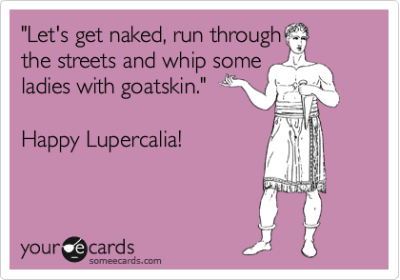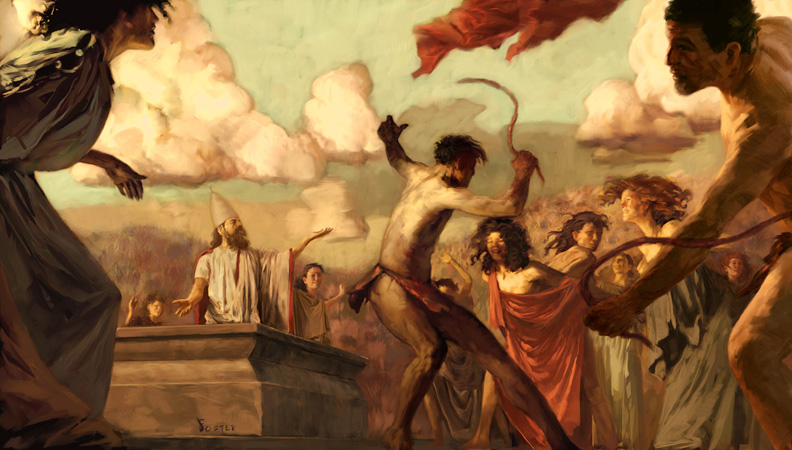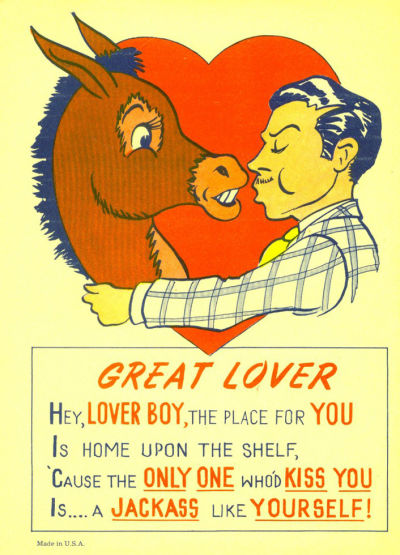When Valentine's Day rolls around, it's inevitable that you'll hear someone exclaim, "It's just a holiday created by Hallmark!" Sure, card and chocolate companies have come to define the holiday, but are they truly responsible for all the canoodling that goes on every February 14th? Short answer: nope! Here are some historical facts you might not know about Valentine's Day:
There are many origin stories floating around and no one is really sure which one, if any, are true. But one of the most popular legends is that, back in third century Rome, Emperor Claudius II outlawed marriage because he believed single men made better soldiers than those who were pining for lovers back home. Despite the decree, a man named Valentine performed secret marriages and was jailed for doing so. While awaiting his execution, some say he wrote a love letter—arguably the first valentine—to his crush (who may or may not have been the jailer's daughter). He allegedly signed his note "from your Valentine."
So now we have a figurehead for the holiday, but why February 14th? Some say that this goes back to an ancient Roman fertility festival called Lupercalia, which was celebrated from February 13th to the 15th. The event involved wine, nudity and slapping women with strips of goat hide drenched in sacrificial blood. Yes, you read that right. Ancient people do the darnedest things. Anyway, the women allegedly welcomed this because being marked in this way was thought to make them more fertile. The female festival goers would also put their names in an urn for the town's single men to choose from. The matches would then, um, "get to know" each other for the rest of the festival.
 The Christian church didn't exactly love all this naked blood-soaked hide slapping, so, in the fifth century, Pope Gelasius outlawed Lupercalia and made up a new family friendlier event to take its place: a day in honor of St. Valentine on February 14th, the day he was martyred.
The Christian church didn't exactly love all this naked blood-soaked hide slapping, so, in the fifth century, Pope Gelasius outlawed Lupercalia and made up a new family friendlier event to take its place: a day in honor of St. Valentine on February 14th, the day he was martyred.
The secret weddings and the weird blood slaps are sort of romantic, but the love aspect associated with the holiday was turned way up in the Middle Ages. During that time period, people in England and France were said to associate February 14th with the beginning of birds' mating season. This belief is reflected in Chaucer's "Parliament of the Foules": "For this was sent on Seynt Valentyne’s day whan every foul cometh ther to choose his mate." This avian focus led to the superstition that a woman could tell what kind of man she would marry by the type of bird she spotted on Valentine's Day. A blackbird signified a priest, a bluebird meant a funny dude, a dove equaled a kind man, a goldfinch meant a super rich one and a woodpecker signified no man at all!



